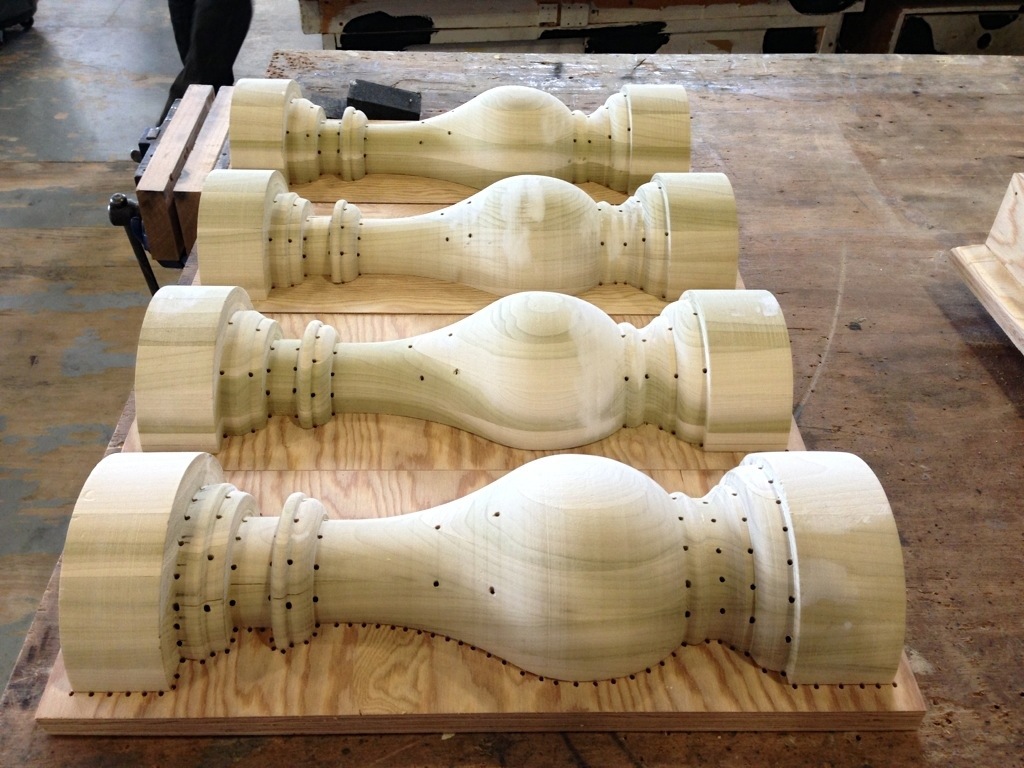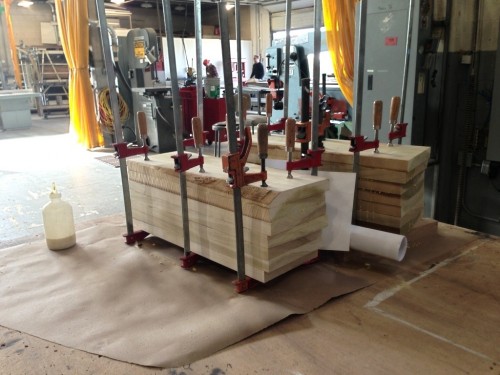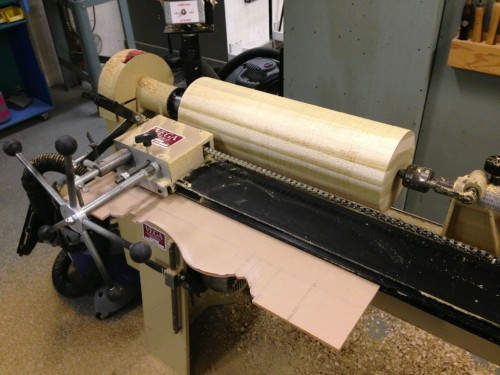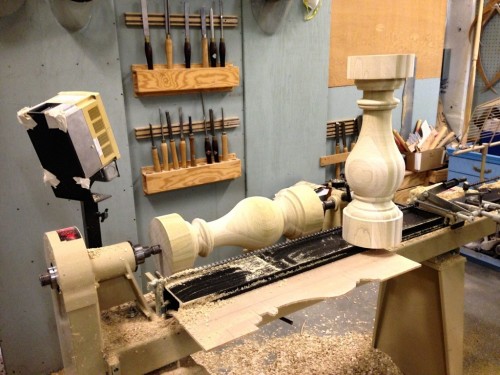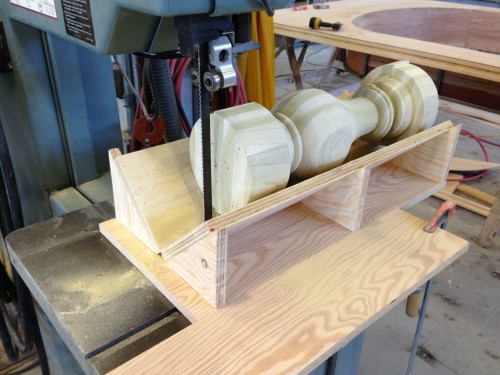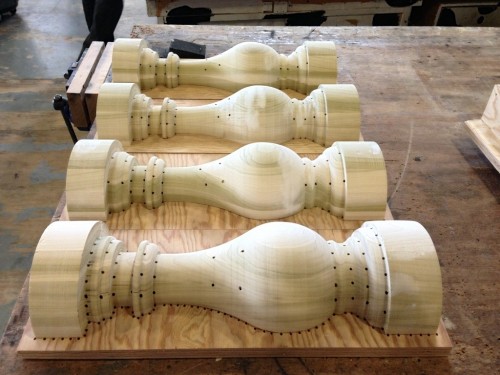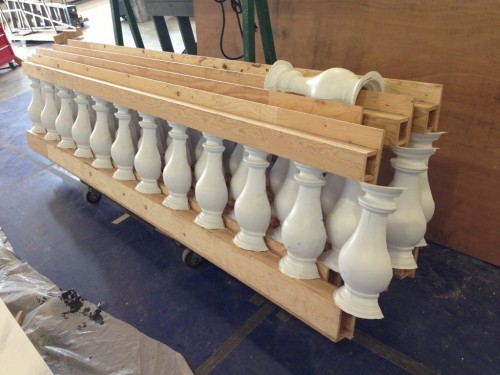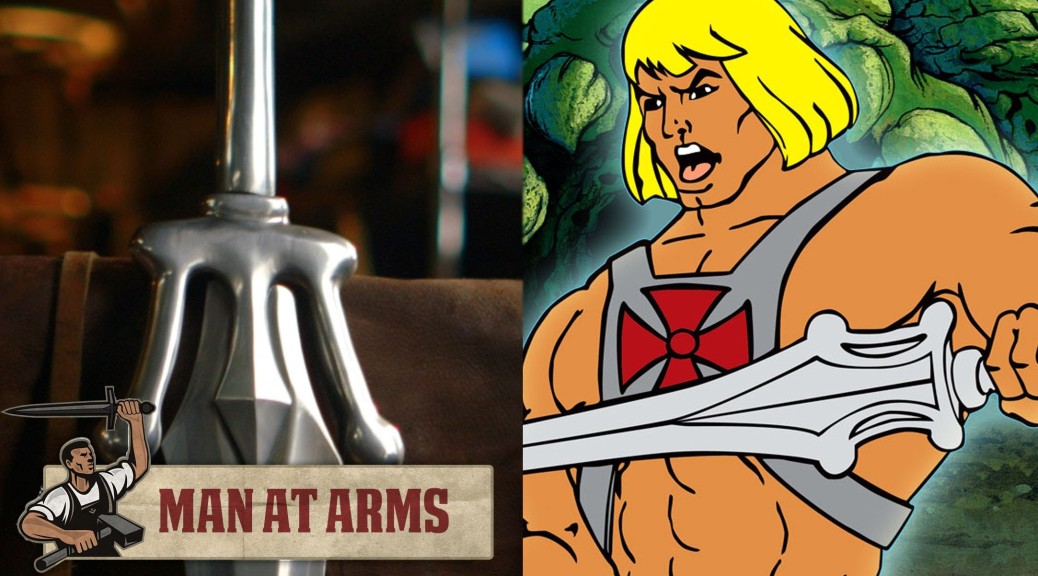By now, you have probably heard of the ruling last week in regards to unpaid internships. A court ruled that unpaid production interns on The Black Swan were entitled to back pay for their work. The New York Times has a great summary of the judges decision. The Department of Labor has a set of strict guidelines that determines whether an internship can be unpaid:
- The internship, even though it includes actual operation of the facilities of the employer, is similar to training which would be given in an educational environment;
- The internship experience is for the benefit of the intern;
- The intern does not displace regular employees, but works under close supervision of existing staff;
- The employer that provides the training derives no immediate advantage from the activities of the intern; and on occasion its operations may actually be impeded;
- The intern is not necessarily entitled to a job at the conclusion of the internship;
- The employer and the intern understand that the intern is not entitled to wages for the time spent in the internship
It is important to point out that these guidelines have been in place for a long time. This ruling has not “outlawed” unpaid internships or changed any of the law. The fact is that most unpaid internships, particularly in theatre, do not adhere to these guidelines and are illegal. They exist simply because no one is stopping them. Many are writing that this ruling is bringing that to a close (for example, this article in the Atlantic points out that companies are less likely to risk having an illegal internship program now that someone has gotten caught).
I have heard of internships where the intern’s job is to sit in the car while the shopper runs into a store so they don’t get towed. I have worked at places where all the interns have to work as waiters during a fundraising party. Simply being in a theatre or being surrounded by professionals does not constitute enough of an education to justify not paying someone for work. Giving someone the “opportunity” of listing your theatre on their resume is not enough of an experience to warrant forcing them to work for free. Rich Dionne has a good blog post pointing out the challenges of structuring an internship program so it is to the benefit of the interns.
Now I am not saying that an internship is inherently bad if it is unpaid. If one adheres to the guidelines, it can provide valuable training for less than the cost of a college or university. However, with the abundance of illegal unpaid internships out there and the relative lack of oversight (until now), even the legal internships can find themselves slipping into exploitation now and then without fear of repercussions.
Besides the exploitative nature of illegal unpaid internships, we need to consider the idea of unpaid internships in the larger sense of our industry. This HowlRound article by Holly Derr points out that having an economy where an unpaid internship is a necessary first step creates a workforce which only the privileged can take part in. When we devalue the physical labor that goes into building a show, we devalue theatre itself. If you say unpaid interns are necessary to the operations of your theatre, then you are saying you want a certain level of production values, but you do not want to pay for them. It is as if an audience member asked for tickets to the show but did not want to pay for them.
If every theatre relied on unpaid interns to create the technical side, than what jobs are we training them for? In other words, how can you ask someone to work for free in exchange for job training if all the jobs they are training for are unpaid? If we want a strong pool of technical theatre workers, then we need to start focussing resources on training them, rather than throwing them into a pool of illegal unpaid internships and seeing which ones float to the top. It is hard enough to make money in this business; we should not be starting people off by telling them they do not deserve to get paid.

